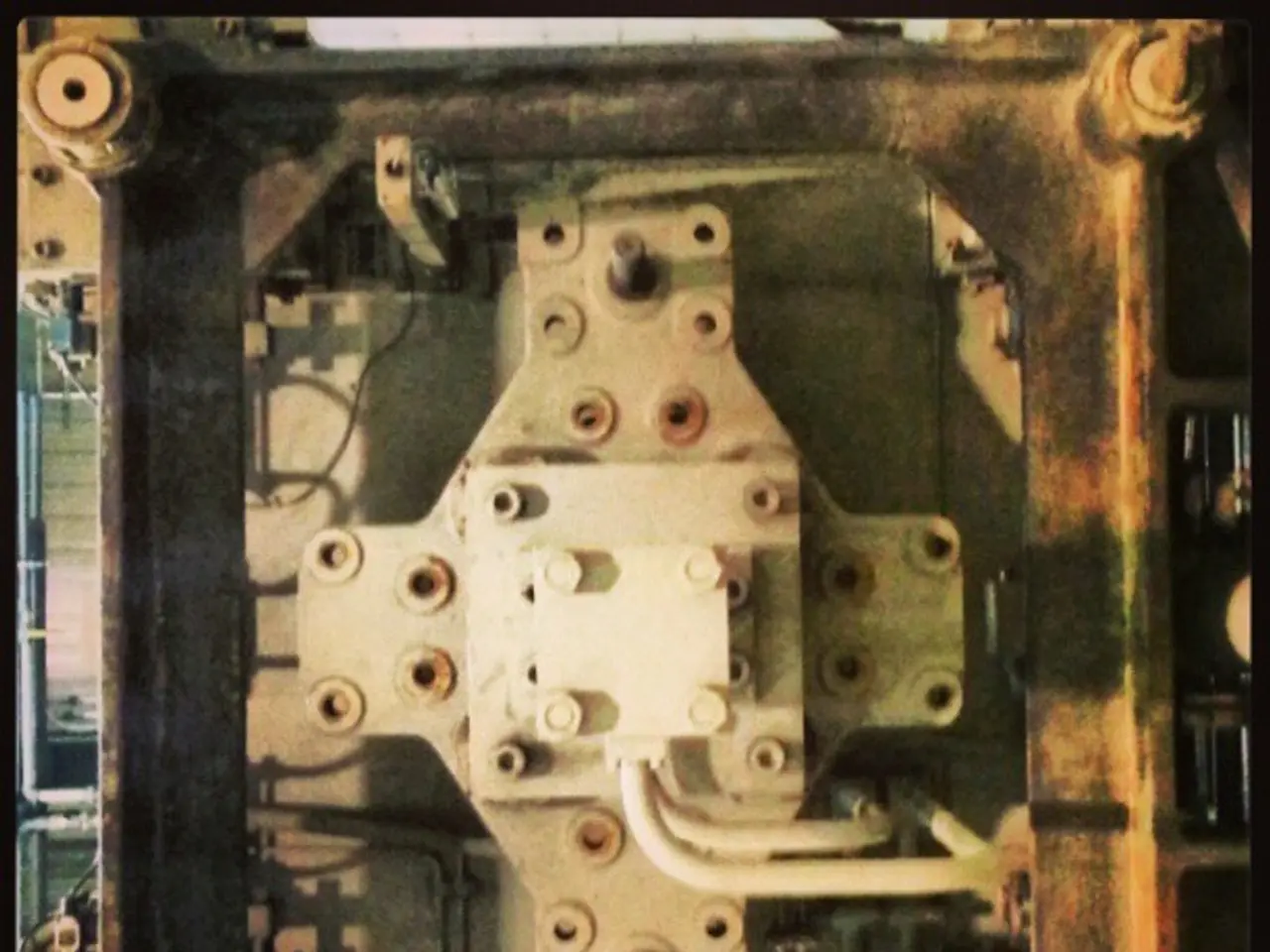Groundbreaking 3D X-ray Images of Magnesium Alloys may Transform Lightweight Automobile Engineering
The University of Michigan has made a groundbreaking discovery that could revolutionise the automotive industry. In a pioneering study, researchers have captured the first-ever 3D views of microscopic structures inside lightweight magnesium alloys, shedding new light on how these materials deform under mechanical stress.
Using the European Synchrotron Radiation Facility in France, the team imaged the chosen grain without damaging it. They employed a technique called dark-field X-ray microscopy, which filters and magnifies X-rays diffracted at specific angles associated with the target grain. The sample was stretched under three different loads—0.6, 30, and 45 megapascals—typical of forces in automotive parts.
In their experiments, the U-M team found that all three types of twins formed at "triple junctions," where three crystals meet. The twinning process in magnesium alloys forms "deformation twins," which are mirror-image regions in the crystal structure. These deformation twins increase ductility, allowing the material to stretch in more directions.
However, excessive twinning can create clusters of defects that eventually cause cracks. Understanding and controlling magnesium's behaviour under strain could make it a mainstream material for vehicle production. Magnesium is 30% lighter than aluminum, but its broader use has been limited due to its unpredictable behaviour under strain.
The discovery offers fresh insight into how magnesium alloys react under mechanical stress. In particular, the researchers found that these deformation twins play a crucial role in the ductility of magnesium alloys. This breakthrough could help engineers design cars that are stronger, lighter, and more fuel-efficient.
The researchers plan to capture these changes in real time during future experiments. By doing so, they hope to tailor magnesium alloys to be both more ductile and more stable, bringing them closer to large-scale use in cars and other vehicles. This breakthrough could mark a significant step forward in the quest for sustainable and efficient transportation.
Read also:
- Peptide YY (PYY): Exploring its Role in Appetite Suppression, Intestinal Health, and Cognitive Links
- Toddler Health: Rotavirus Signs, Origins, and Potential Complications
- Digestive issues and heart discomfort: Root causes and associated health conditions
- House Infernos: Deadly Hazards Surpassing the Flames








